Flowers have a particular way of sending silent, visual messages to the people around them. Unfortunately, many of these messages are lost on people who need help identifying the different kinds of flowers. This blog will provide a list of other flowers that begin with E.
Flowers That Start With E – List Of Flowers That Name Starts With the Letter ‘E’
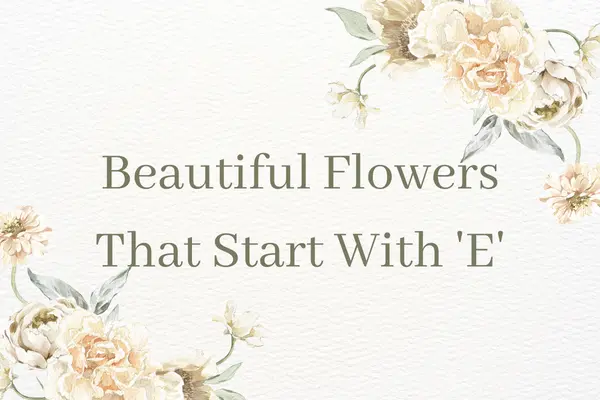
Echinacea
Echinacea has been divided into nine different species, all of which are indigenous to North America. Native Americans from the Great Plains region used plants as traditional medicines.
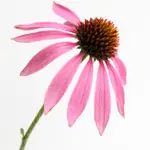
A nutritional supplement called echinacea is advertised as being effective against infections like the common cold. It is believed to function by boosting the immune system’s capacity to combat infection more successfully. For wounds and skin issues, echinacea formulations can be administered directly to the skin.
Echinacea is frequently consumed as a dietary supplement and is most frequently found as Echinacea purpurea or Echinacea Angustifolia.
Echium
A stunning addition to any yard, echiums have towering, blue flower spikes that soar into the sky. Echiums come in a wide range of kinds, making it possible to choose one that fits any area. These drought-tolerant plants provide excellent nectar for bees and other pollinators.

It’s typical to see the bristly, lance-shaped leaves of echiums. With species like the native British viper’s bugloss (E. Vulgare), the flower spikes can range in height from 50 cm (20 in) to a stunning 4 m (13 ft) for the remarkable E. pininana.
Some species, like E. pininana, typically only live for two years before they die after flowering; this is what’s known as monocarpy. But thankfully, they often produce a lot of seeds that can be sown in the spring to provide new plants for blooms each year.
English Bluebell
The English bluebell (Hyacinthoides non-script) is a spring-blooming perennial wildflower bulb. It is prevalent in North America and Europe and is indigenous to the British Isles.
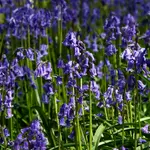
An attractive and fragrant indication that spring has arrived in England is the bluebells. Their mid to late-spring flowers are deep blue-violet, and each one speckles with creamy white pollen. Cut English bluebells work well in bouquets and arrangements.
They quickly cover any partially shaded areas in your garden, such as woodland gardens with mature trees providing dappled shade. The bulbs naturalize very well. Additionally, they can be cultivated as a ground cover beneath plants, trees, and rose bushes.
Erica
Consider evergreens, heaths, and Heathers if you’re seeking a plant that can bring color to your garden all year round (Erica) (Calluna vulgaris). They only need good drainage and some sunlight because they are low maintenance, resistant to deer or salt, cold hardy, drought tolerant (once established), and pretty easy to cultivate.
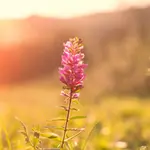
The heather species that are frequently marketed in January are hardy and easily found at your neighborhood garden center, florist, or DIY store. Winter heathers, specifically Erica carnea and Erica darleyensis, are the two most significant species that bloom from December through March or April.
Compared to Erica darleyensis, Erica carnea has a more lax growth habit. Both of them look good planted collectively in borders or containers. Both species are available in a variety of cultivars in hues ranging from white to pink and lilac.
The leaves of Erica and Calluna (ling or summer heather) can be easily distinguished. Calluna’s leaves are scale-like, whereas Erica’s are always needle-like.
Erigeron
The herbaceous ornamental Erigeron karvinskianus, which is a member of the Compositae or Asteraceae family—commonly referred to as the daisy family—is cultivated extensively around the world.
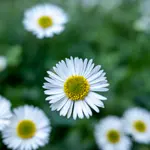
Since then, it has been discovered to exist in North, South, and Central America, the West Indies, Southern, and Western Europe, Africa, the Indian Ocean Islands, India, and the oceanic regions of Asia, Australia, New Zealand, and the Pacific islands. It was first described based on a type specimen from Mexico. In many subtropical and temperate regions, it is regarded as a weed.
Did you know this plant can thrive in virtually any open environment? And that it quickly multiplies and spreads, generating thick mats that suffocate indigenous plants. Additionally, this plant makes an enormous quantity of anemochorous seeds that fly far! Not to add, it can withstand a variety of environmental factors. On its natural foes, though, there is no knowledge.
Although it is still available in specialty stores, by mail-order, and online, it is frequently cultivated in numerous locations.
Eustoma
The flowering biennial Eustoma grandiflorum, sometimes known as lisianthus, can withstand the cold winters in USDA Zones 8 to 10. However, it is more frequently grown as an annual and is not thought of as a perennial.
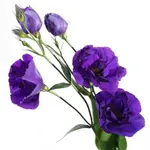
In typical, moist, well-drained soil with full morning sun and afternoon shade, lisianthus grows well. It is more frequently bought and transplanted or started from seed indoors 10 to 12 weeks before the last frost because the seeds are so tiny and it can take months for a plant to mature from seed.
From the height of summer until the first frost, this plant’s flowers bloom on a single stem or several stems that branch out. Pinch back the plant to promote more branching. The stunning pink, white, and lavender blossoms make excellent cut flowers for floral centerpieces. The ability of this plant to withstand drought is also well known.
The Gentian family includes Lisianthus plants, also called “Eustoma” or “Prairie Gentian.” They normally reach a height of 18 to 30 inches, however, there are dwarf types that only grow to a height of 6 to 8 inches; these are particularly useful as houseplants or when planted in pots. Cultivars come in a variety of flower colors, including pink, blue-violet, and white tones. There are also some double-flowered cultivars on the market. An excellent cut flower is a lisianthus.
Evening Primrose
The seeds of a flower that is native to North America are used to make evening primrose oil. The herb has been used to treat a number of conditions, including sore throats, hemorrhoids, and bruising. Its gamma-linolenic acid (GLA) content may be the cause of its therapeutic effects. Plant oils contain the omega-6 fatty acid GLA.
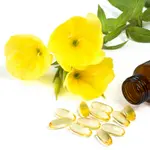
By lowering skin inflammation and the number of skin cells that result in lesions, the GLA in EPO is thought to aid in the treatment of acne. It might also aid skin moisture retention.
A 2014 study found that EPO might alleviate cheilitis. Because of the acne medication isotretinoin, this ailment results in swelling and pain in the lips (Accutane).
In a different study, it was discovered that GLA supplementation decreased acne lesions, both inflammatory and noninflammatory.
A 2005 study by Trusted Source found that oral supplementation of EPO enhances skin elasticity, hydration, firmness, and resistance to tiredness. GLA is required for good skin structure and function, according to the study.
Everlasting Daisy
Are you trying to find a lovely annual that can endure drought? The native Australian everlasting daisy is your best option. These mixed hybrids, which come in a stunning combination of red, white, and pink semi-double paper daisies, are ideal for sowing from seed in April.
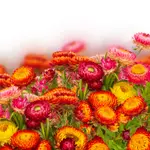
Everlasting daisies can be seen in Western Australia’s wildflower displays from early spring through winter. The quantity of blooms is influenced by how much rain was received earlier in the year.
Euphorbia
Euphorbia, sometimes known as spurge, is a wide and diverse genus of flowering plants. All members of the Euphorbiaceae family, not just those belonging to the genus Euphorbia, are sometimes referred to as “Euphorbia” in English.
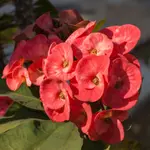
From flat herbs to shrubs and trees, euphorbia plants come in a wide variety of sizes and shapes. Furthermore, despite their resemblance to cacti, euphorbias have a milky sap that is frequently poisonous. These plants have unusual flowers that have several male flowers surrounding a single pistil (the female reproductive organ) (each with one stamen). A cyathium, which has five lobes and resembles a cup-shaped leaf, surrounds all of these flowers. Fruits are three-seed capsules that detonate when they are ripe.